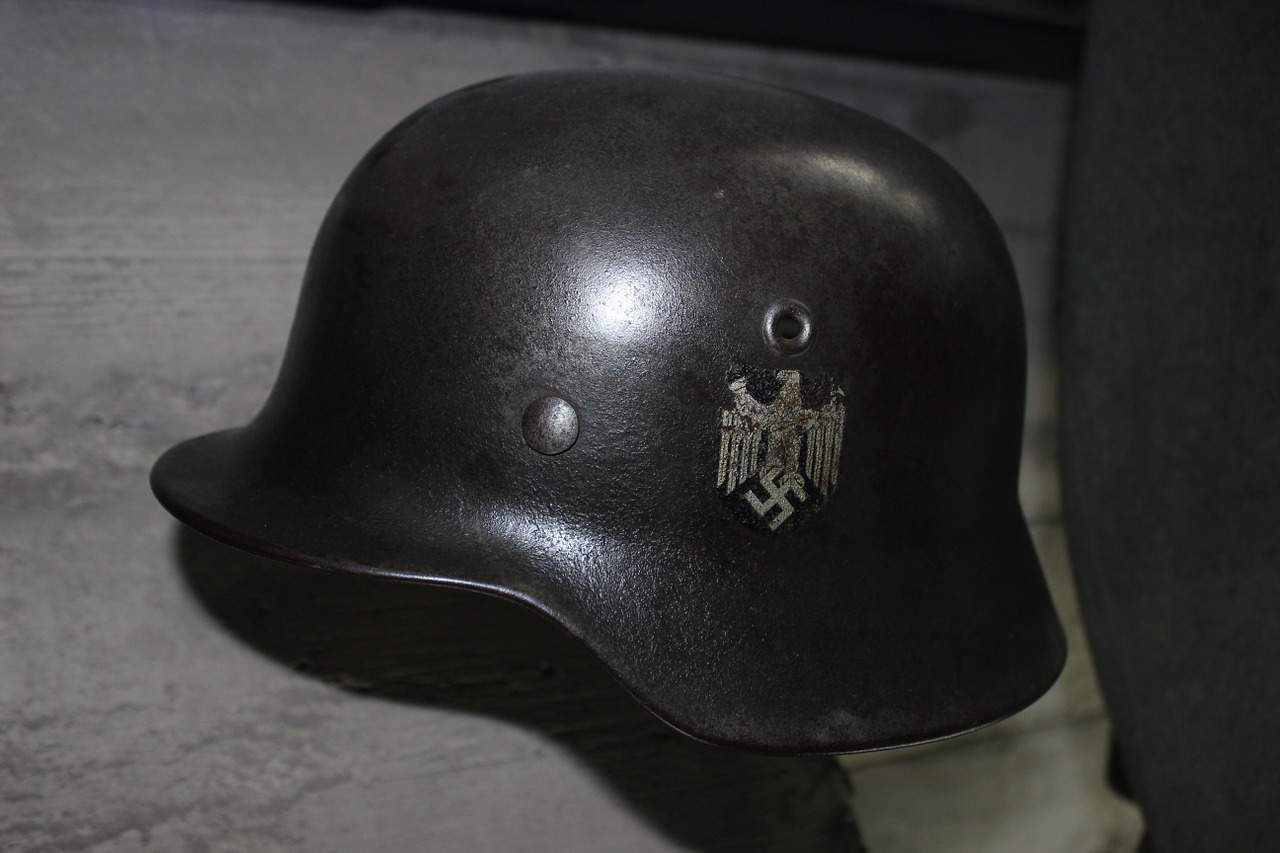Edmund Burke said, “Those who don’t know history are doomed to repeat it.” With that in mind, today we will look at Germany between World War I and World War II to learn how Adolf Hitler elevated socialism into power.
Nazi, by the way, is a German abbreviation for “National Socialists.” Yes, Hitler was a Socialist.
Postwar Humiliation Set the Stage
World War I began in 1914 with the assassination of Archduke Franz Ferdinand and his wife by a Serbian nationalist. The issue was Autro-Hungarian rule over Bosnia and Herzegovina.
Kaiser Wilhelm II of Germany sided with Austro-Hungary, along with Bulgaria and the Ottoman Empire. This group was termed the Central Powers.
Serbia was backed by Russia, along with Belgium, France, Italy, Romania, Japan, and Great Britain. These were the Allied Forces. Russia dropped out after the Russian Revolution of 1917.
The United States followed a policy of neutrality until Germany sank US and British passenger and commercial ships in the waters around the British Isles.
The Lusitania was a British ship carrying American and British passengers between New York and Liverpool, England. On April 2, 1917, the United States entered the war on the side of the Allies.
The war ended with an armistice November 11, 1918.
The Versailles Treaty heavily penalized Germany and did not allow it to participate in the League of Nations, despite US President Woodrow Wilson’s stated intention to have “peace without victory.” The other Allies did not share Wilson’s view.
Wilson had called for the defeated Central Powers to have freedom of the seas, restoration of conquered territories, and the right to national self-determination.
The Treaty of Versailles set harsh terms for Germany. They were forced to demilitarize, pay reparations, and surrender large areas of territory.
This and the economic disarray that followed led to resentment and anger on the part of the German people, paving the way for the nationalist sentiments that Hitler rode to power.
The Weimar Republic
Kaiser Wilhelm abdicated the throne on November 9, 1918, after mutinies by German sailors and soldiers made it clear that he had lost control of the military.
A provisional government was established by the Social Democratic Party and the Independent Social Democratic Party. A national assembly was elected to create a new parliamentary constitution in the town of Weimar.
The new constitution was signed into law on August 11, 1919 but was opposed by the military and the radical left.
It had some provisions that would be familiar to Americans, including the right to own property, freedom of expression, peaceful assembly, and voting for all men and women over 20 years of age.
Article 48, however, allowed the President to suspend civil rights in an emergency and operate without the oversight of other members of the government.
Hamstrung by the Versailles Treaty, Germany faced debt from war reparations and decreased revenue from coal and iron ore.
Germany was unable to pay its debts. In response, France and Belgium occupied the Ruhr, Germany’s primary industrial area.
The Weimar Republic ordered workers to strike, shutting down mines and factories. This further devastated the struggling economy.
Then the Weimar Republic printed more money, devaluing its currency.
Hyperinflation left Germany in dire economic straits and ripe for a dynamic, angry new leader.
In 1923 The League of Nations asked American banker Charles Dawes to help restore Germany’s economy.
The Dawes plan reduced reparations payments and Germany was allowed to join the League of Nations. Dawes received the Nobel Peace Prize for his efforts.
The economy was beginning to improve with the help of American trade. Then the United States stock market crashed. The Great Depression tanked America’s economy and ended Germany’s recovery in 1929.
The Rise of Adolf Hitler
Meanwhile, Adolf Hitler had been working in the background. The SA (Stormabteilung), also known as Storm Troopers or Brownshirts, was a violent paramilitary group founded by Adolf Hitler in Munich, Germany in 1921.
Identifiable by their brown uniforms and serving austensibly as a security force for Nazi rallies, they used violence and intimidation to influence voters in local and national elections.
In the Beer Hall Putsch of 1923 Hitler led 600 Brownshirts in a failed coup attempt against the democratic Weimar government. They instigated violent street clashes, targeting Jews and leftists. Anti-capitalist Ernst Rohm became involved and grew the SA to 2 million or more members by 1933.
In 1932 the Nazis were the largest Political party in Germany. Hitler became Chancellor of Germany in 1933 and quickly invoked Article 48 to suppress civil rights and oppress the Communist Party.
Eighty one members of the Reichstag, the German equivalent of Parliament, were arrested or excluded from voting in order to ensure that a two-thirds majority would vote in favor of the Enabling Act.
The Nazis allowed opposing parties to exist, but assaulted their leaders, disrupted their meetings, and suppressed their newspapers. The Enabling Act of 1933 allowed the Chancellor to pass new laws without the approval of the Reichstag or the President.
With the checks and balances removed, Hitler could do anything he wanted. No new constitution was formed, and Hitler’s dictatorship was established.
Trade unions were merged into one organization called the German Labor Front. On July 14, 1933, the Nazi Party became the only legal political party in Germany.
Hitler Targeted the Police
The police force was purged and forbidden to interfere with the street violence of the SA. In 1934 Hitler purged the SA in The Night of The Long Knives, executing dozens of leaders and taking charge of the Brownshirts, who played a lesser role from then on, focusing on violence against Jews.
On August 2, 1934, Hitler merged the office of President with that of Chancellor and declared himself Fuhrer und Reichskanzler.
In 1938 the SA perpetrated Kristallnacht, or Night of the Broken Glass, breaking windows and destroying the buildings of Jewish-owned businesses and synagogues throughout Germany. Thirty thousand Jewish men were arrested and sent to concentration camps.
The official justification for Kristallnacht was the assassination of diplomat Ernst vom Rath by a seventeen-year-old German-born Polish Jew. The anti-Jewish movement continued to grow and was eventually responsible for six million deaths.
Hitler Controlled Education
After Kristallnacht the SA gave way to the SS (Schutzstaffel or Protection Squadron) and became the training arm of the Home Guard. The now totalitarian state took over schools, universities, the press, the theater, and the arts.
Children were enrolled in the compulsory Hitler Youth program and taught Nazism. Protestants and Catholics were persecuted. Jews were stripped of their rights, including the right to marry someone of “German blood.” Other persecuted groups included homosexuals, Roma (sometimes called “Gypsies”), Poles, and Jehovah’s Witnesses.
Hitler instituted a program of public works that decreased unemployment by two thirds but did not increase the standard of living as he rebuilt German military might. He began negotiations and invasions to build up his territory. Soon Europe was embroiled in World War II.
Then Japan attacked the United States at Pearl Harbor in 1941. Hitler soon followed with a declaration of war on the United States.
By 1943 the tide had turned and Hitler was doomed to defeat, but he refused to concede. Assassination attempts were unsuccessful and the war raged on.
Hitler appears to have killed himself on April 30, 1945. The Allied Forces declared victory in Europe on May 8. Those of Hitler’s henchmen who did not commit suicide were eventually tried for war crimes.
Have you noticed any parallels between then and now? An angry populace, mob violence, tampering with elections? The government taking uprecedented power under the guise of an emergency?
How about pitting one group against another? Justifying violence against groups of people because of something one group in that person did?
Do you see how marginalizing the police and replacing them with a security team or a group of social workers might not be the best idea?
Please don’t make me live through another round of mob rule, totalitarian takeover, and world chaos. I really liked America the way it was six months ago. Wake up while you still have rights and protect the US Constitution from the sort of encroachments Hitler pulled in Germany.
Do your part. I don’t want to have to say I told you so.


